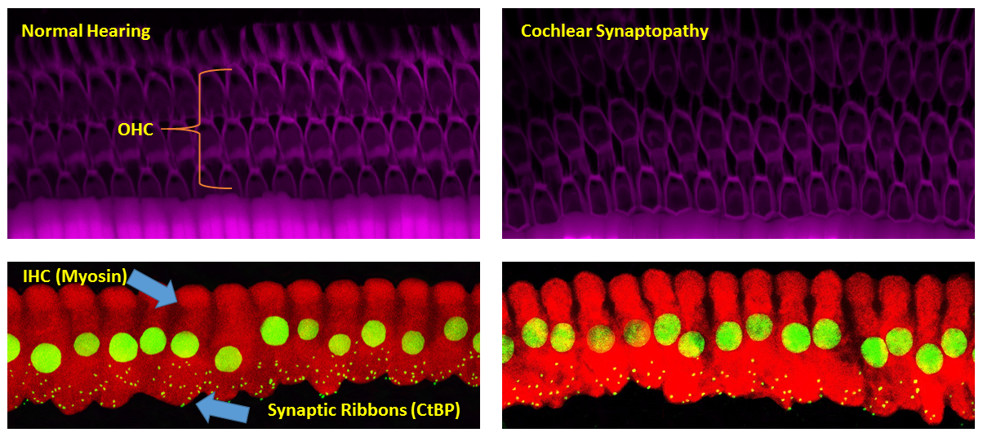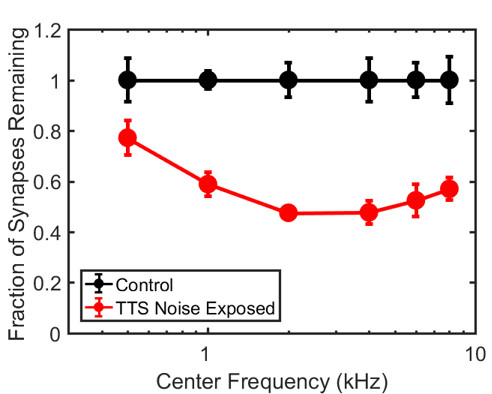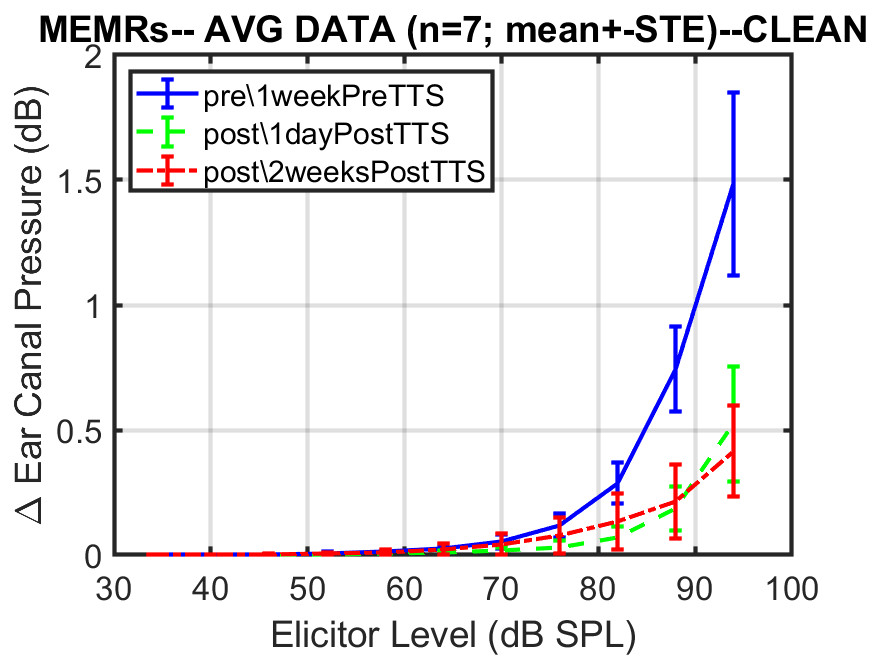Research Interests
Basic Science Work
Neural Coding
The auditory system uses a complex neural code to translate sounds into signals that can be interpreted by the brain. Billions of neurons, distributed throughout the nervous system, communicate with each other using action potentials, which can be recorded using highly specific electrodes (micropipettes). When groups of neurons fire action potentials synchronously (e.g., in response to a common sound source), their combined activity can be recorded faithfully using scalp electrodes. We use both action potentials (e.g., from the auditory nerve) and scalp recordings (e.g., the electroencephalogram, EEG) to understand how various spectrotemporal features of simple tones to complex everyday sounds (e.g., speech) are represented in the brain, in normal and impaired auditory health.


Behavioral Studies
We can explore similarities and differences between human and chinchilla auditory perception using behavioral studies. Our group utilizes an automated and positive reinforcement-based procedure for assessing perceptual ability in our chinchillas. This has historically been used to investigate perceptual phenomena, like Comodulation Masking Release (CMR), and the effects various types of sensorineural hearing loss may have on chinchilla behavioral hearing thresholds.

Translational Work
Pre-Clinical Chinchilla Models of Sensorineural Hearing Loss
We are currently using the results of our basic science work to further study the effects of senorineural hearing loss. Using the chinchilla animal model, we have developed methods for investigating Permanent Threshold Shifts (PTS), Temporary Threshold Shifts (TTS), and can investigate the use of ototoxic medications (e.g., furosemide, gentamicin, and carboplatin) to selectively model Inner Hair Cell (IHC) and Outer Hair Cell (OHC) loss.


Audiological Diagnostic Development
Cochlear Synaptopathy typically presents in patients as difficulty hearing in noisy environments— for example, trouble hearing a single voice in the cacophony of a cocktail party (known as the Cocktail Party Problem). The diagnosis of CS is complex, because the condition goes undetected by current audiometric tests. We are currently investigating the diagnostic possibilities of stimulus presentation and subsequent biosignal acquisition using EEG, the Middle Ear Muscle Reflex (MEMR), and Cochlear Compound Action Potentials (CAPs). Additionally, we have helped develop the Audiology Research Diagnostics Core (ARDC) to contextualize our findings using standard clinical tools.


